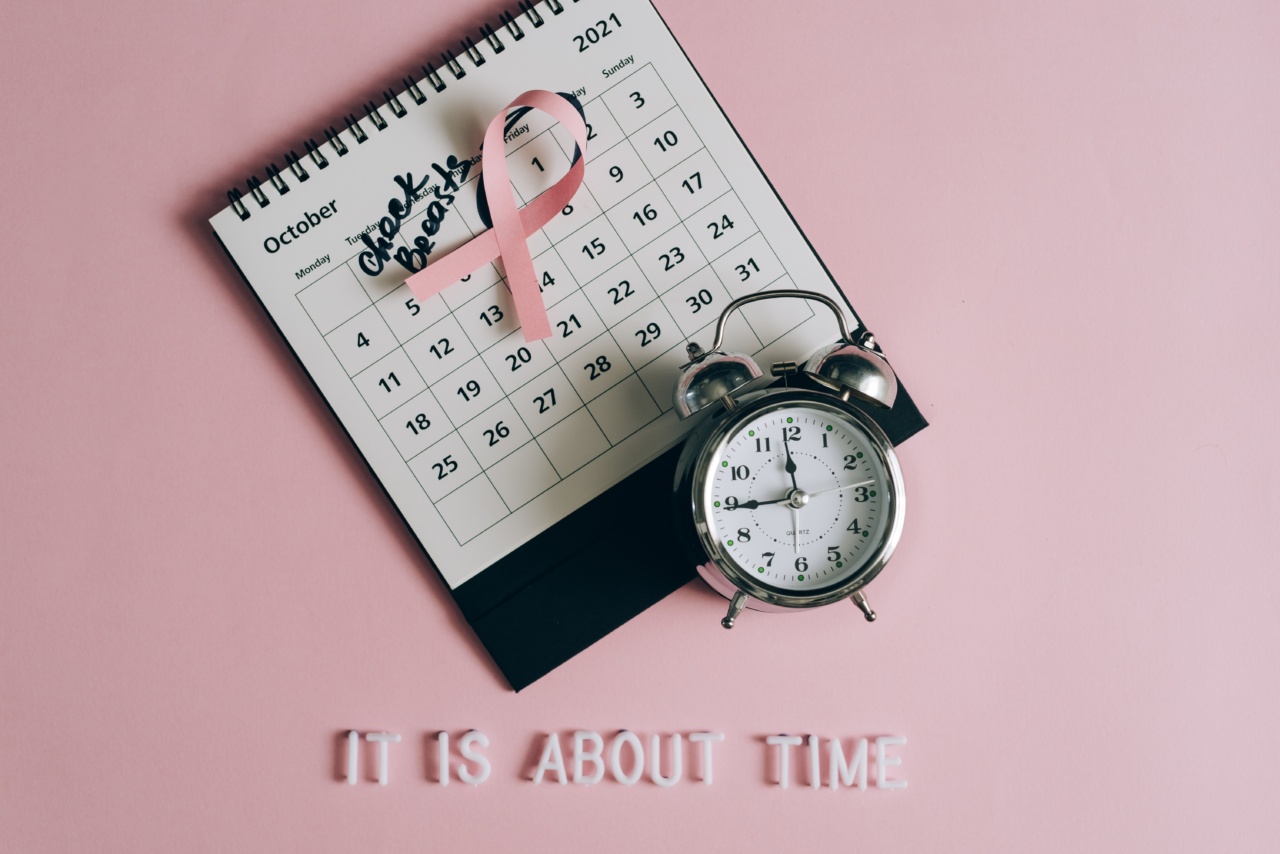Our fingerprints are unique to each individual, serving as a means of identification.
But did you know that these patterns on our fingertips can also reveal valuable information about our health? Recent research has suggested a potential link between the patterns of our fingerprints and the risk of developing certain types of cancer. In this article, we delve into the fascinating world of dermatoglyphics and explore what your fingerprint might tell you about your cancer risk.
The Science Behind Dermatoglyphics
Dermatoglyphics is the scientific study of the patterns and ridges found on the skin’s surface, particularly on the hands and feet.
These patterns, better known as fingerprints, are formed as a result of genetic and environmental factors during fetal development. The ridges and grooves on our fingers and palms are unique to each individual, making them an effective method of personal identification.
Dermatoglyphics has been widely studied in the field of forensic science and is an important tool in solving crimes. However, recent research has extended its application to the realm of healthcare.
Scientists have discovered that certain variations in fingerprint patterns may be associated with an increased or decreased risk of developing certain diseases, including cancer.
Fingerprint Patterns and Cancer Risk
It is believed that the development of fingerprint patterns and the growth of cancerous cells share common molecular processes during embryonic development.
This has led researchers to investigate whether specific fingerprint patterns can serve as indicators of an individual’s predisposition to cancer.
A study conducted by scientists at the University of Manchester analyzed the fingerprints of over 400 individuals, half of whom had already been diagnosed with cancer.
The researchers found that individuals with a certain fingerprint pattern, known as loop patterns, had a higher risk of developing cancer than those without this pattern. Specifically, loop patterns on the right ring finger and the right index finger were found to be particularly associated with an increased risk of cancer.
This research highlighted the potential of fingerprints as a non-invasive and easily accessible tool for early cancer detection.
By examining the fingerprints, healthcare professionals could potentially identify individuals who are at a higher risk of developing cancer, allowing for earlier intervention and improved outcomes.
Types of Cancer Linked to Fingerprints
While fingerprint patterns can provide valuable insights into an individual’s cancer risk, it is important to note that the associations are not specific to any particular type of cancer.
However, some studies have indicated a higher correlation between certain fingerprint patterns and specific types of cancer.
1. Breast Cancer
Breast cancer is the most common cancer among women worldwide. Research has shown that women with a specific fingerprint pattern known as whorls may have an increased risk of developing breast cancer.
Similarly, women with more than six ridges in their index finger may also be at a higher risk.
2. Lung Cancer
Lung cancer, predominantly caused by smoking, is a leading cause of cancer-related deaths worldwide. Studies have found a higher prevalence of loop patterns in individuals diagnosed with lung cancer.
Additionally, researchers have identified a possible association between a specific fingerprint pattern, the radial loop pattern, and an increased risk of lung cancer.
3. Colorectal Cancer
Colorectal cancer affects the colon or rectum and is the third most common cancer globally.
Research investigating the relationship between fingerprint patterns and colorectal cancer has suggested that individuals with whorls on their thumb or loop patterns on their index finger may have an elevated risk.
4. Prostate Cancer
Prostate cancer is the most common cancer among men. One study found that men with a specific fingerprint pattern, the arch pattern, had a higher incidence of prostate cancer compared to those with other patterns.
Additional Factors to Consider
While fingerprint patterns can offer valuable insights, it is important to acknowledge that they are not the sole determinant of an individual’s cancer risk.
Other factors, such as age, family history, lifestyle choices, and genetic mutations, also play a significant role in the development of cancer.
It is crucial to remember that fingerprint patterns can only provide an indication of potential risk and should not be solely relied upon as a diagnostic tool.
Regular screenings, early detection, and preventive measures, such as maintaining a healthy lifestyle and scheduling regular check-ups, are still the best ways to reduce the risk of cancer.
Conclusion
The concept of using fingerprints to assess an individual’s cancer risk is a fascinating area of research. While the link between fingerprint patterns and cancer risk requires further exploration, preliminary studies have shown promising results.
Fingerprint analysis could potentially serve as a non-invasive, cost-effective, and easily accessible tool for early cancer detection and intervention, ultimately saving lives.



























